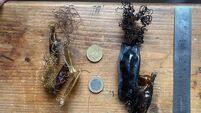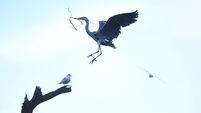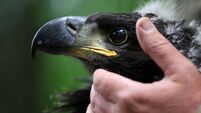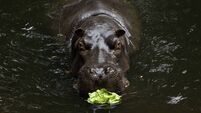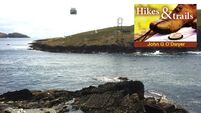Protecting nesting birds from flails and fires
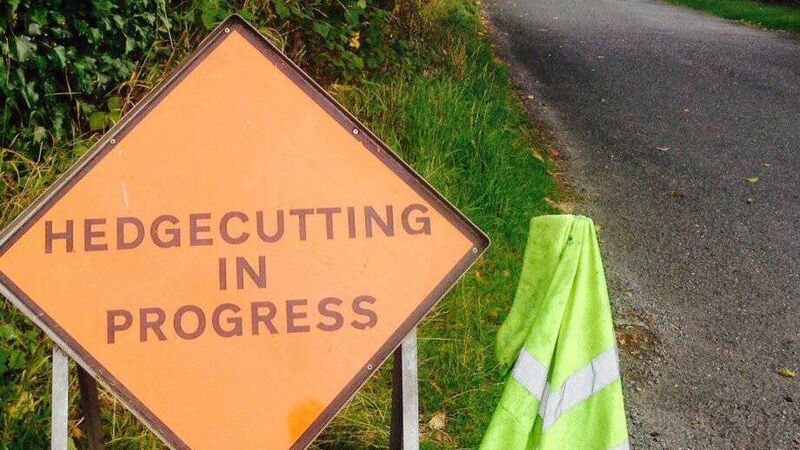
Under the Wildlife Act, it is against the law to cut, burn, or otherwise destroy vegetation, including hedges, between March 1 and August 31, with few exemptions
The past few weeks have seen hedge cutters active, flailing, topping, and trimming hedges all over the country, completing the work before the legal cut-off at the beginning of March. Trimming is mostly carried out to prevent roadside hedges from becoming too bulky — most hedges need periodic trimming to maintain a good structure. A functional hedge must be thick and impenetrable to farm animals which generally means sensitive trimming every few years.
Done well, trimming encourages the growth of thorny side shoots and prevents hedgerow shrubs from becoming too ‘leggy’. Having a 'good fat bottom' is a key feature of a healthy farm hedge, both in terms of its role as a functional feature and its benefits for wildlife. For starters, a thickly growing base is an effective barrier for farm animals, and provides them with good shelter against inclement weather too. The dense lower layers also happen to be where many songbirds will build their nests, safely tucked away among a tangle of thorny branches, out of reach of the crows and magpies that might otherwise steal eggs and nestlings.
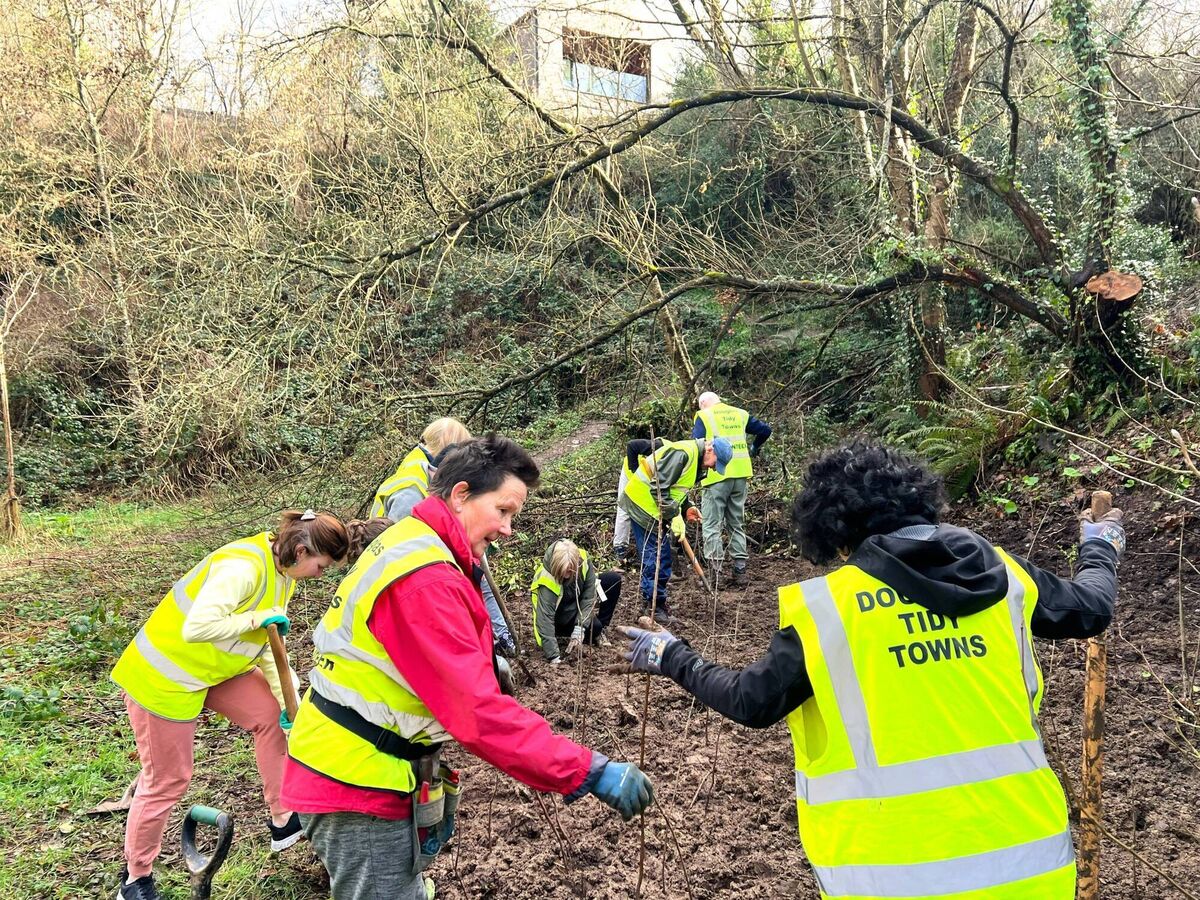
Good or bad trimming makes a huge difference to the health of the hedgerow shrubs and their value to wildlife. When shoots are shattered by trimming with blunt flails — an all-too-common sight — the growing branches are left vulnerable to disease and rot getting in and weakening the whole tree. A clean cut will heal easily and gives the hedgerow shrubs a better chance at resilience.
Timing is important too. Under the Wildlife Act, it is against the law to cut, burn, or otherwise destroy vegetation, including hedges, between March 1 and August 31, with few exemptions. This seasonal hedge-cutting ban kicks in just when we hear the rising clamour of birdsong early in the morning, when males up the ante on territorial behaviour, singing loudly to protect the patch of ground that they claim priority access to, mindful of the beginning of mating season. They are fastidiously preening their feathers to look their best and using their voice to demonstrate stamina and skill to prospective mates. Soon, many species will begin building nests.
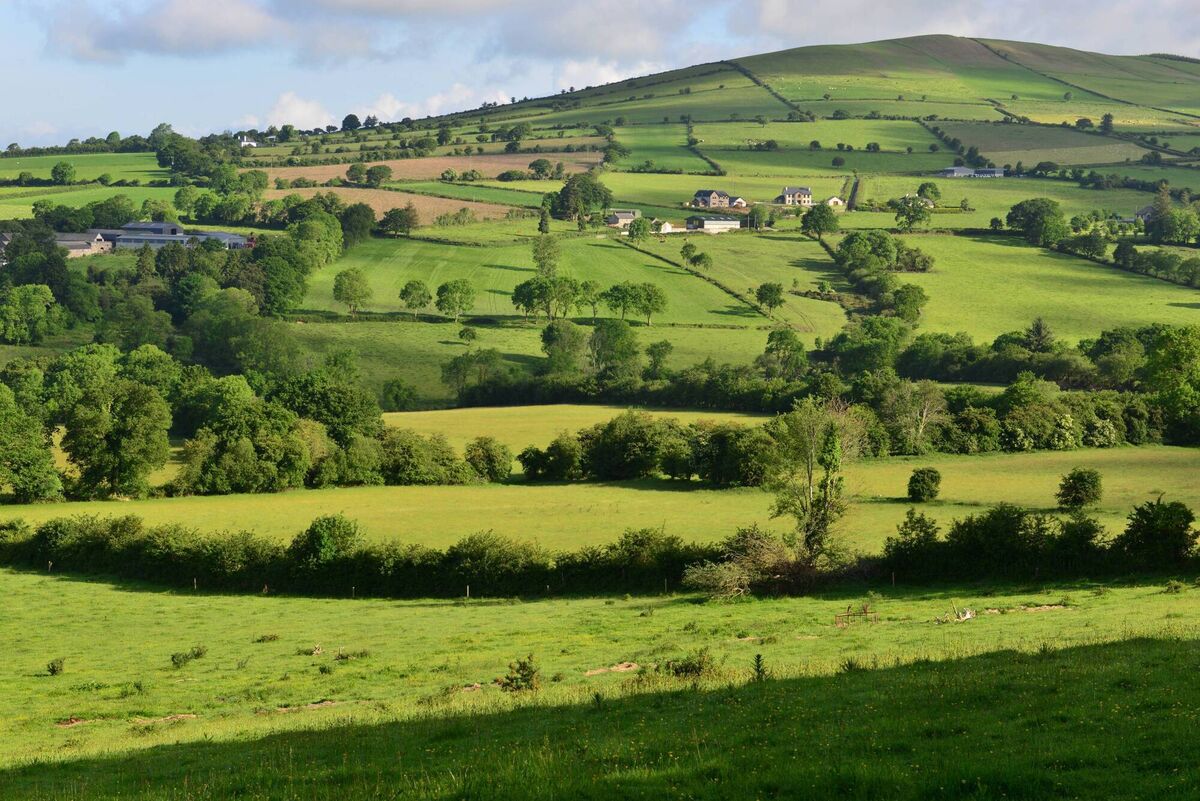
Some birds nest in hedges and in scrub; some nest on the ground; others nest only on cliffs or in burrows. About two-thirds of Ireland's farmland birds nest in hedges, which act as a kind of surrogate habitat for the woodlands that have been cleared from the Irish landscape. Farm hedges are mostly made up of native tree and shrub species, such as hawthorn, blackthorn, holly, hazel, and privet. In upland areas, gorse or willow seed themselves in too. Spindle and guelder rose are attractive native flowering shrubs that add to the aesthetic and wildlife value, as do climbing wild roses and honeysuckle. Hedgerow trees include ash, rowan, crab apple, silver birch, cherry, and willow.
The hedgerow cutting ban comes into effect from March the 1st. Its is a vital piece of legislation that helps maintain biodiversity in Ireland. pic.twitter.com/vxvdp0UOvb
— Nature Network Ireland (@natnetireland) February 25, 2024
Nesting is as much about finding protection from predators as it is about accessing food resources for a hungry young family. Native trees and shrubs provide food for ‘phytophagous’ invertebrates, those insects that eat green plants and occupy the lowest rung of the food chain. Butterfly and moth caterpillars, for example, are perfect, protein-rich baby food for songbirds to feed to their young.
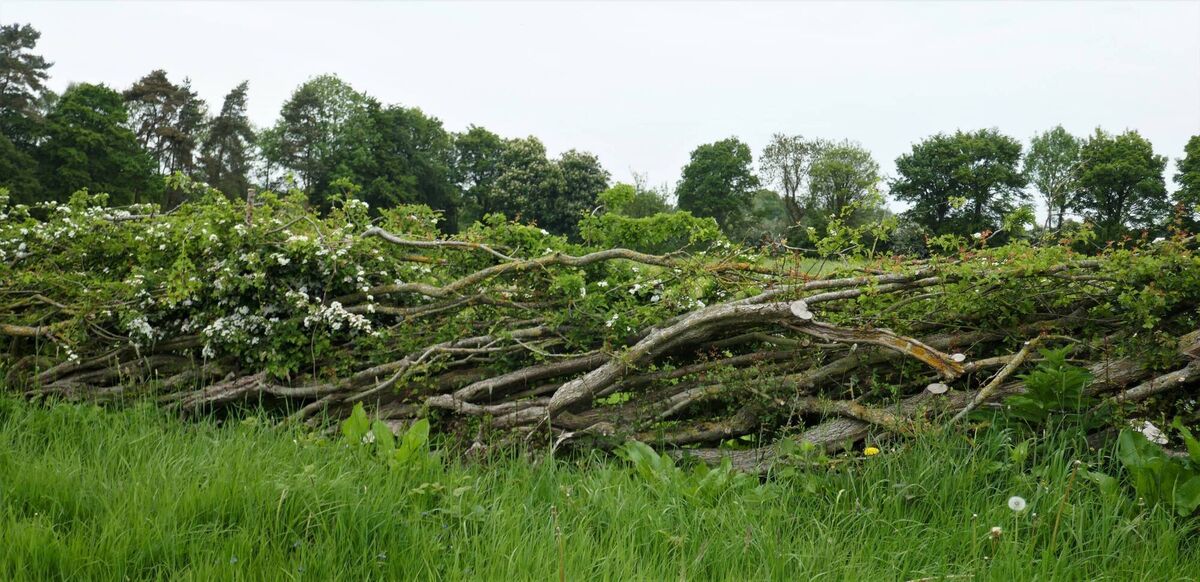
Song thrush, wren, dunnock, blackbird, robin, chaffinch, greenfinch, goldfinch, bullfinch, and yellowhammer are all species that nest in hedges, each with their own nuance of approach to nest construction and feeding. Generally speaking, the more voluminous a hedge, in terms of thickness, height, and width, the better it will be for nesting birds. Moving up the food chain, long-eared owls and barn owls hunt along hedges, too, finding ample shrews and mice to feed their young.
But there are plenty of birds that don’t build nests at all, and plenty that don’t use hedges. Breeding waders such as lapwing, curlew, snipe, golden plover, and redshank are all ground nesting birds whose populations have suffered catastrophic declines in recent decades and who are vulnerable to burning in the uplands in springtime. Their breeding habitats, which include blanket bog, and wet and dry heath, are in poor condition due to overgrazing, erosion, and the impact of burning. These red-listed species of conservation concern need healthy upland habitats if their kind is to continue, as well as protection for nests and breeding areas. This is why the Wildlife Acts prohibits burning in upland areas after March 1 as well as grubbing out scrub and other nesting habitat.
Yet each year, thousands of hectares of hillsides are destroyed through burning. When spring fires rip through mountain heath, where curlew, hen harrier, and lapwing breed, eggs and helpless chicks are incinerated in their nests. The ones that survive the fires find that the plant life that sustains the invertebrate food they depend on is gone too. These species are already critically endangered, so incursions on their ability to breed and feed their young have major implications for these species. Burning of peaty upland habitats also causes the release of vast amounts of greenhouse gasses.
Conservation organisations have been vocal about the lack of enforcement actions taken by the authorities in response to illegal burning in the uplands. Most incidents go unpunished. A combination of education, changing values, increased enforcement, and goodwill is required to address the problem and encourage more considerate farming practices in upland areas. The survival of these iconic species now depends on our ability to act.
- Where members of the public are concerned that illegal hedge cutting, grubbing out of vegetation or burning is taking place, incidents and relevant details can be reported to the National Parks and Wildlife Service.



